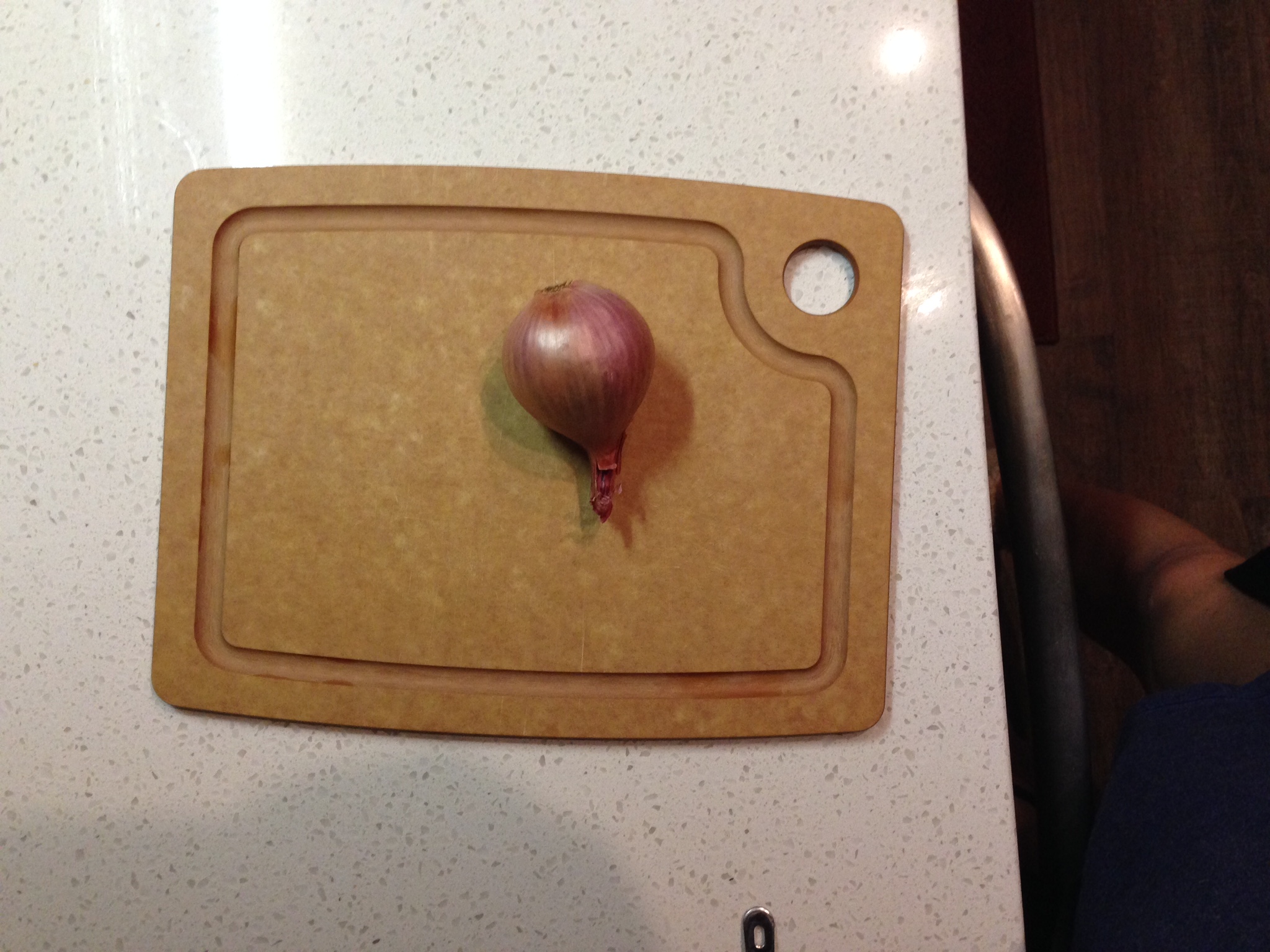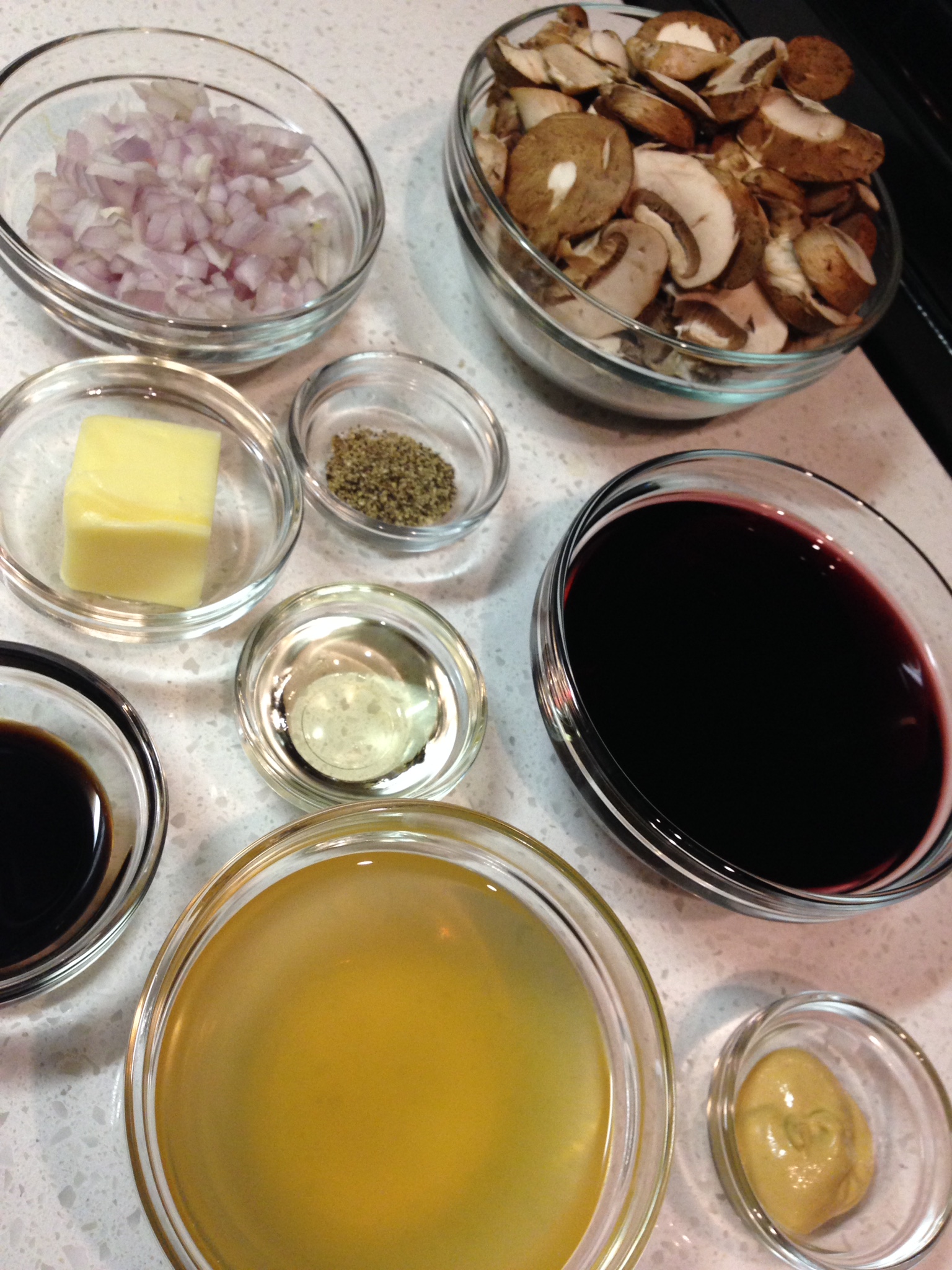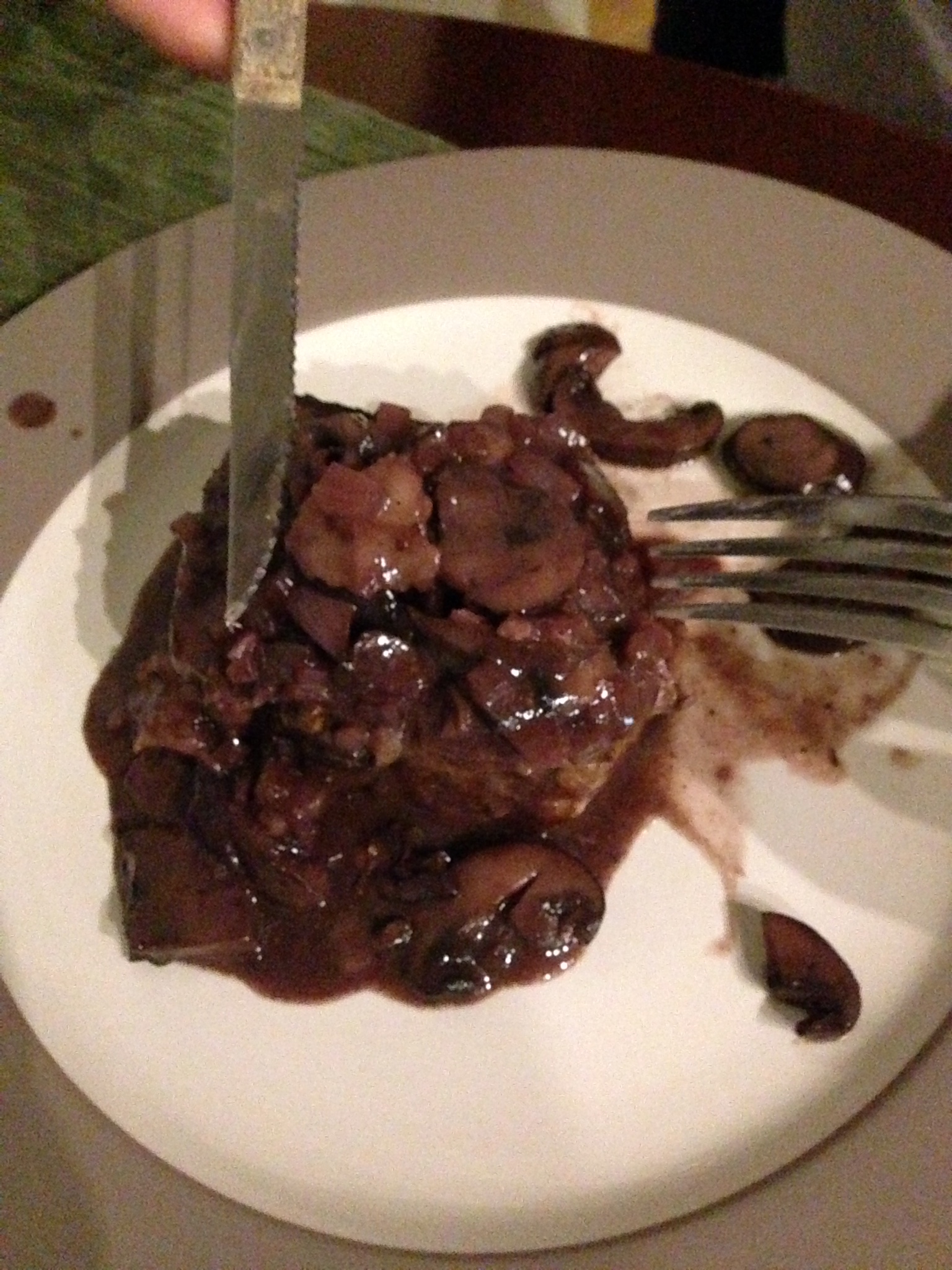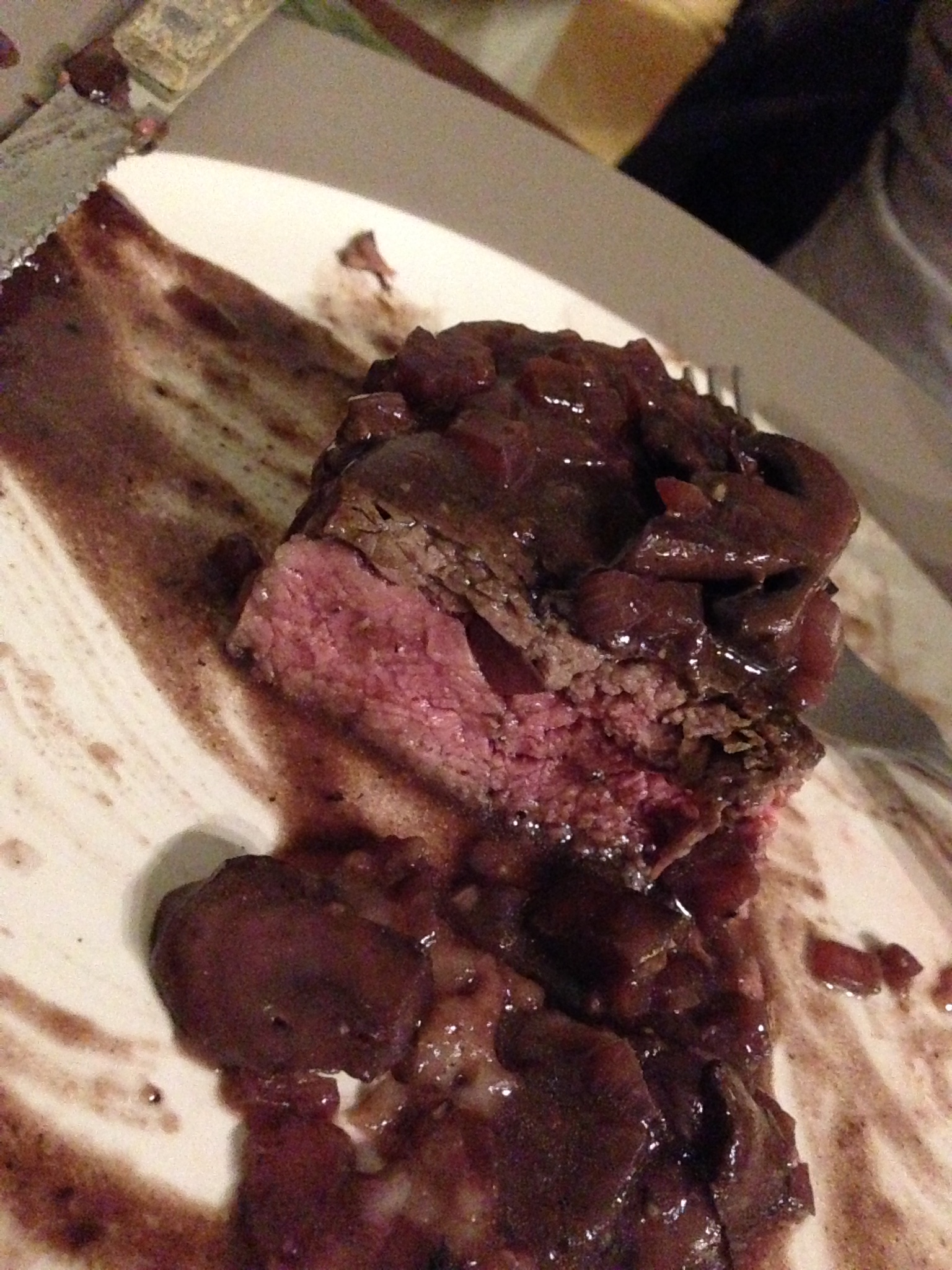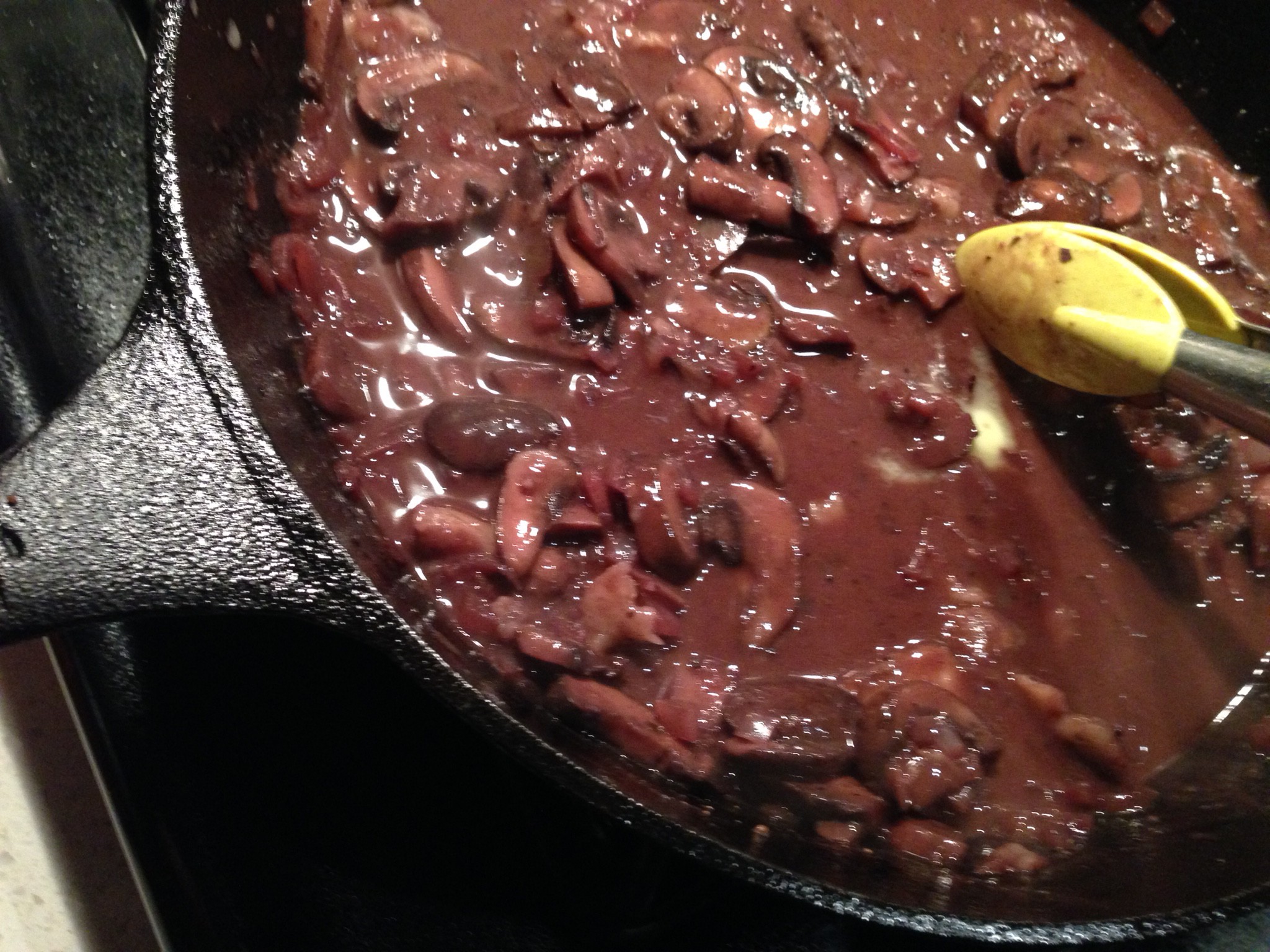Chapter 3, 4, & 5: Picking up the speed

Ok guys. I know I said the rule was one Concept a week. But I wanted to keep reading!! And frankly, Chapters 3 and 4 are pretty simple. Chapter 5 however gave me a few ah-ha's, and that's what this is all about really.
Concept 3: Resting Meat Maximizes Juiciness
Pretty basic concept here. Heating beef and pork* causes the muscle fibers to shrink and dissolve, and they lose moisture in the process. But as meat cools down, some of this moisture can be reabsorbed. It's a significant difference, so just do it. Resting should be between 5 minutes for a small cut of meat to 30 minutes for a large roast.
*the asterisk: this does not apply to fish!! Fish does not lose/reabsorb moisture the way beef and pork do. So feel free to cut right into fish after cooking!
Fun fact: Beef is 75% water. That's a lot!
CONCEPT 4: Hot Food Keeps Cooking
It's called carryover cooking and it can change the internal temperate of meat by 5 to 10 degrees. And that's the difference between perfectly pink and over-cooked grey meat. Two factors affect the extent to which your meat will carryover:
1) Size - The larger the meat the more heat will be transferred in carryover cooking
2) Heat - The same size cut of beef or pork cooked at 200 degrees will have less carryover cooking than meat that is cooked at 400 degrees.
CONCEPT 5: Some Proteins are Best Cooked Twice aka the one with some "ah-ha's"
All of these beginning chapters are very closely linked. In Chapter 2, we learned about the Maillard reaction. Got it, use the stovetop to develop the Maillard reaction. And I connected it to the first week when I tried to make pot roast in the slow cooker and noticed that every recipe called for browning in a pan before putting into a slow cooker.
AH-HA #1: Searing meat in a pan before baking/roasting does NOT help keep the moisture in!!! This is myth. It does however bring out that Maillard reaction goodness when slower cooking is needed (moderate to larger cuts of meat that will burn on the outside before the inside cooks).
AH-HA #2: It seems that for best results, you should actually do the roasting/baking first, and then get your Maillard on with the stove second. This is because...
There you are with your preheated pan with some oil, at just the right temperature (greater than 300 degrees, the temperature at which the Maillard reaction takes place). You drop in a cold steak. What happens? The cold steak drops the temperature of your pan below 300 degrees! Now you have to wait 5 minutes for it to get back to the right temperature for browning.
If, however, you bake the meat first, this drop in temperature will not take place when moving from oven to stove top. And browning can begin immediately.
This sequencing seems like it allows you to be more precise in the temperature and flavor of the meat because the meat doesn't have to be in the pan longer than it takes to brown.
The biggest AH-AH of these chapters:
YOU CAN PUT A STEAK IN THE OVEN????
I always thought that you shouldn't cook your steak in the oven because exposing it to heat longer would make it tough... But that doesn't seem to be accurate. So let me take a crack at revising my once held-myth:
You wouldn't want to bake a steak in an oven only because you don't get the browning reaction which is important for taste and texture. Therefore, some stovetop should be incorporated. Lower temperature cooking in the oven though might start actually cooking my steaks through.
I've had a lot of difficulty in the past getting the inside of my steaks to cook through. The outside of the meat as well as all the bits in the pan would be burning and smoking up the apartment before the internal temp got anywhere near where it should be. This helps explain all that. I need to incorporate lower heat cooking.
This week's recipe: Pan-seared thick-cut filet mignon with red wine-mushroom pan sauce
OH. MY. GOD. It TOTALLY WORKED! Super tender, juicy goodness and nothing burnt or smoking. No fire alarms were set off. Big success! The recipe called for getting your steak ~60% cooked by putting it in the oven for 20-30 minutes at 275. I found that the internal temperature of my steaks were almost fully cooked at that point unfortunately, resulting in slightly more well done steaks than I'd prefer. Note to self next time to check the internal temp periodically in the oven.
I also has a culinary first with this recipe! Never had I cooked with a shallot before! What a lovely vegetable (do you consider it a vegetable? I guess onions are considered vegetables..)! I will be using shallots much more often from here on out.
I've made some simple mushroom red wine sauces before, but this was #takingittothenextlevel big time. The balsalmic vinegar and dijon mustard really added a nice kick. I did add a slurry to thicken it up, but maybe next time I may try a roux for more flavor.
My mind is blown from how amazing this steak turned out and how easy it was. More steak (and shallots!) in our future. Photographic documentation:
I think next week is also about low heat cooking again.
And maybe I'll get antsy and read more than one chapter again too :-)

